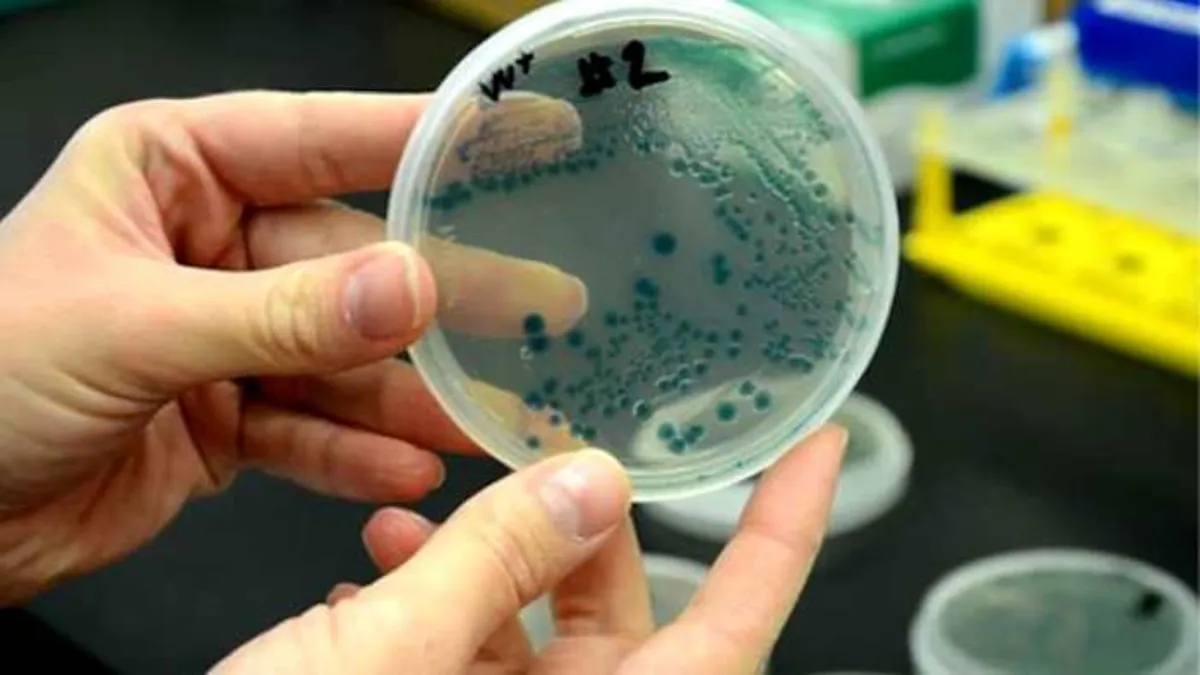
The Florida Department of Health (FDOH) has confirmed a tragic incident involving a fatality due to a flesh-eating bacterium in South Florida. This alarming case was reported in Broward County, where one person succumbed to the infection. Additionally, three other deaths have been documented in Manatee and Hillsborough Counties, raising concerns about the spread of this dangerous pathogen.
As of July 11, 2025, there have been a total of 11 reported cases of infections linked to the Vibrio vulnificus bacterium. This bacterium thrives in warm seawater and is classified as "halophilic," meaning it requires salt to survive. The FDOH emphasizes the importance of awareness, especially during the warmer months when the bacterium is most prevalent.
Vibrio vulnificus is commonly found in raw shellfish, particularly oysters, that are harvested from warm coastal waters. People can become infected with this bacterium through two primary routes: consuming contaminated raw shellfish or coming into direct contact with seawater while having open wounds. The symptoms of infection can be severe, often including vomiting, diarrhea, and abdominal pain.
To protect yourself and your loved ones from Vibrio vulnificus infections, the FDOH provides several essential guidelines:
Avoid eating raw oysters or other raw shellfish. Cook shellfish thoroughly: For those in the shell, boil until the shells open, then continue boiling for an additional 5 minutes, or steam until the shells open and cook for 9 more minutes. Discard any shellfish that do not open during cooking. Boil shucked oysters for at least 3 minutes or fry them in oil at 375°F for at least 10 minutes. Prevent cross-contamination: Ensure that cooked seafood and other foods do not come into contact with raw seafood or its juices. Consume shellfish promptly after cooking and refrigerate any leftovers. Protect open wounds: Avoid exposing broken skin to warm salt or brackish water, as well as to raw shellfish harvested from such waters. Wear protective clothing, such as gloves, when handling raw shellfish.By following these preventative measures, individuals can significantly reduce their risk of contracting infections from this dangerous bacterium. Staying informed and cautious is crucial, especially for those residing in or visiting coastal areas.
The recent reports of fatalities related to Vibrio vulnificus highlight the importance of awareness and adherence to safety guidelines when consuming seafood. As the summer months approach, it is vital for residents and visitors in Florida to remain vigilant in preventing infections and ensuring their health and safety.